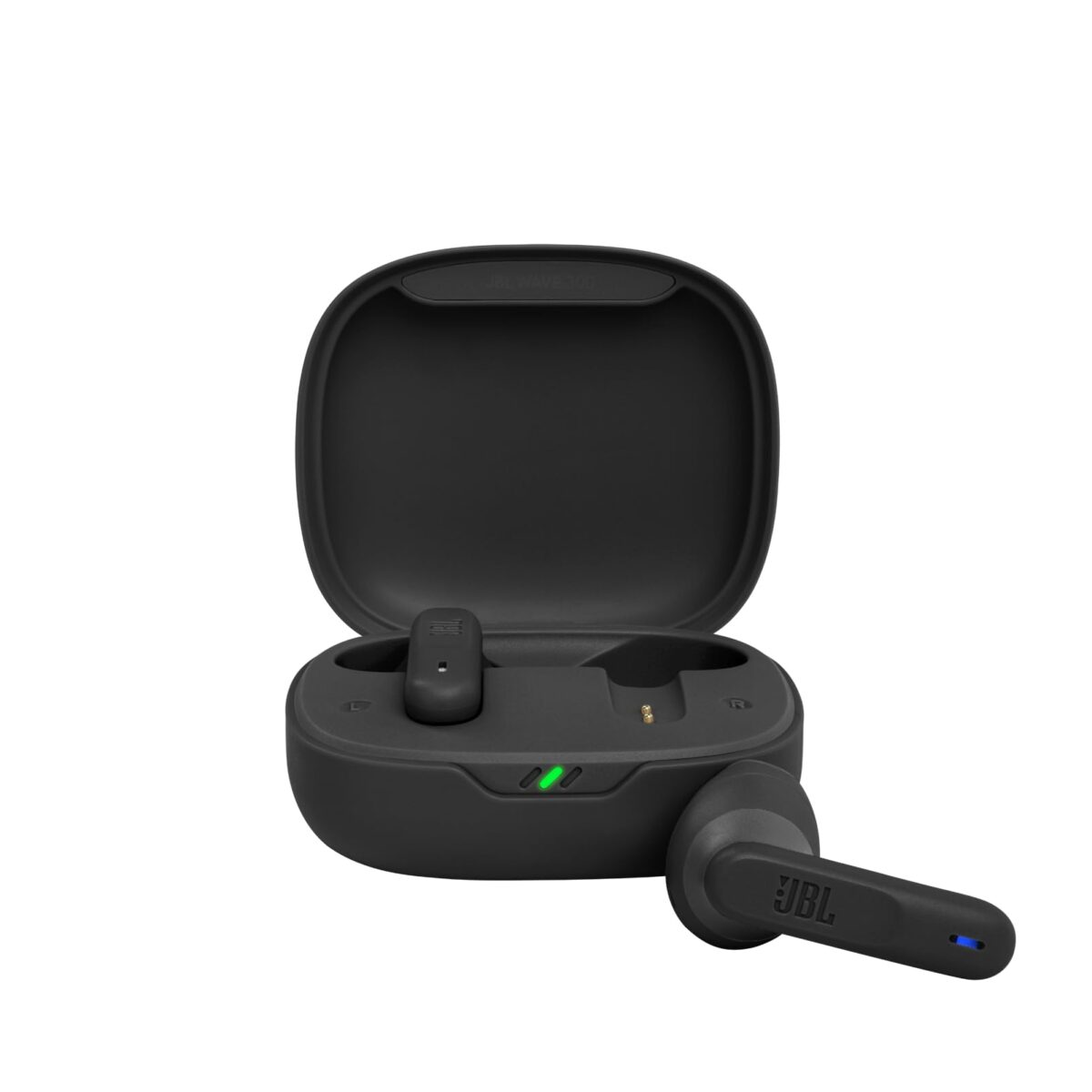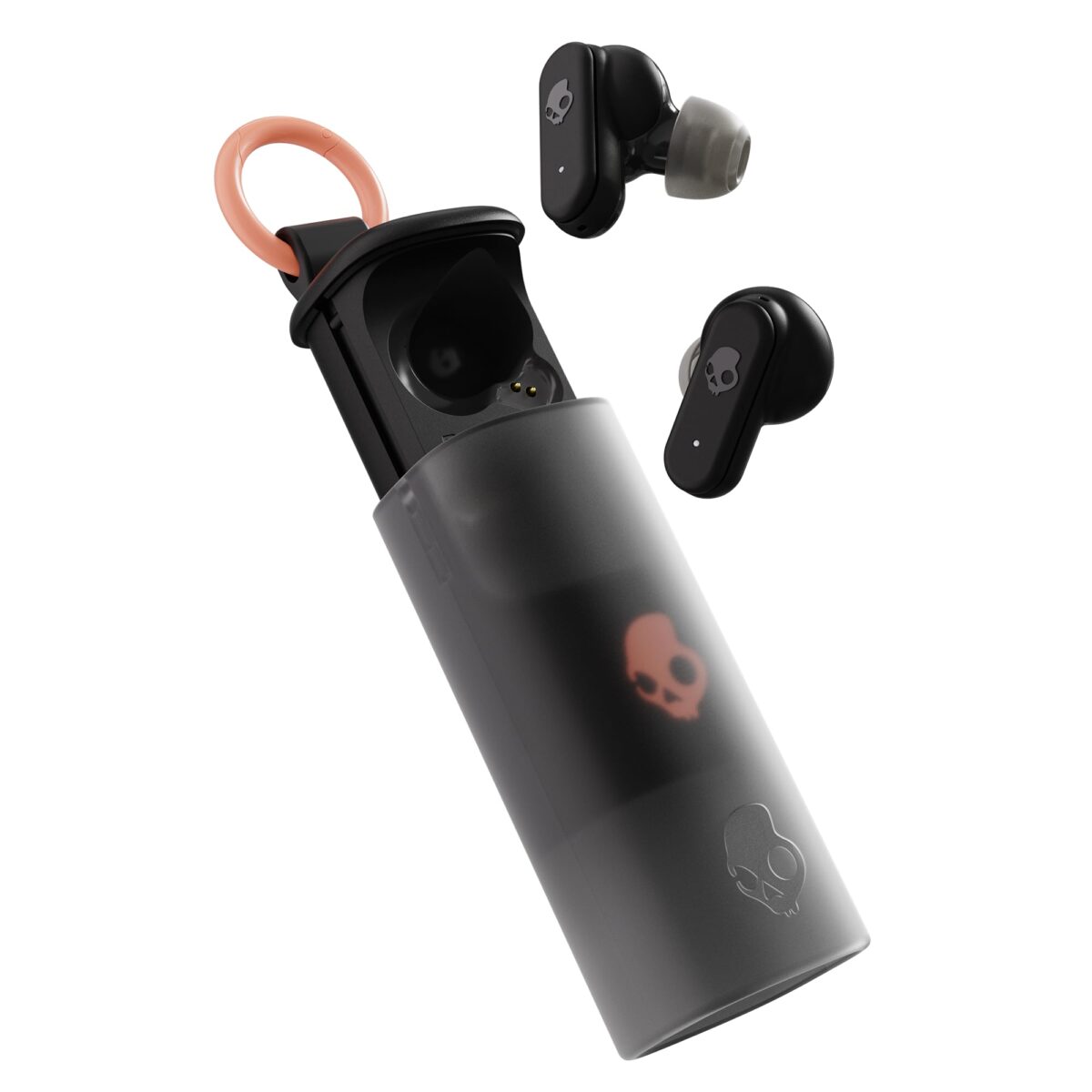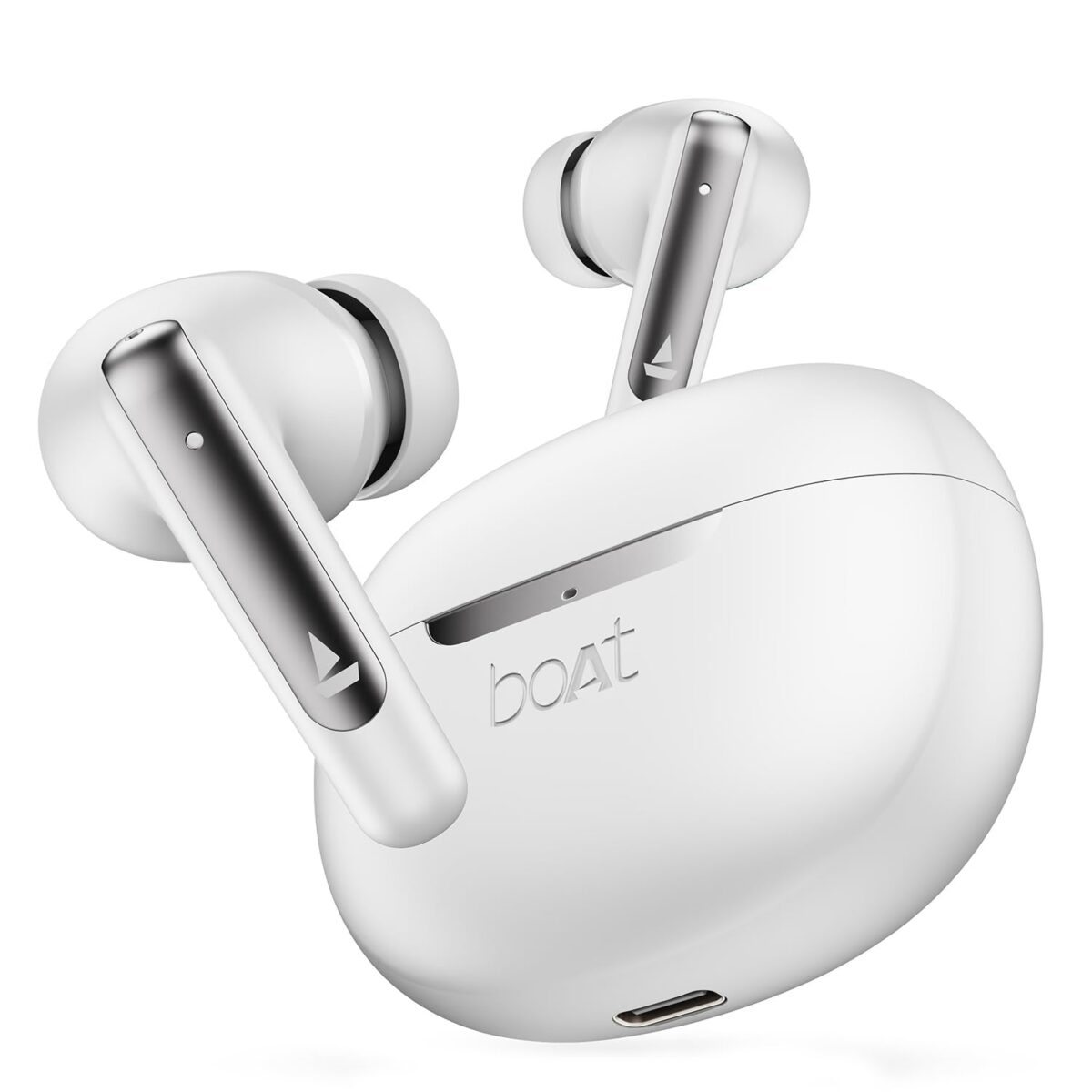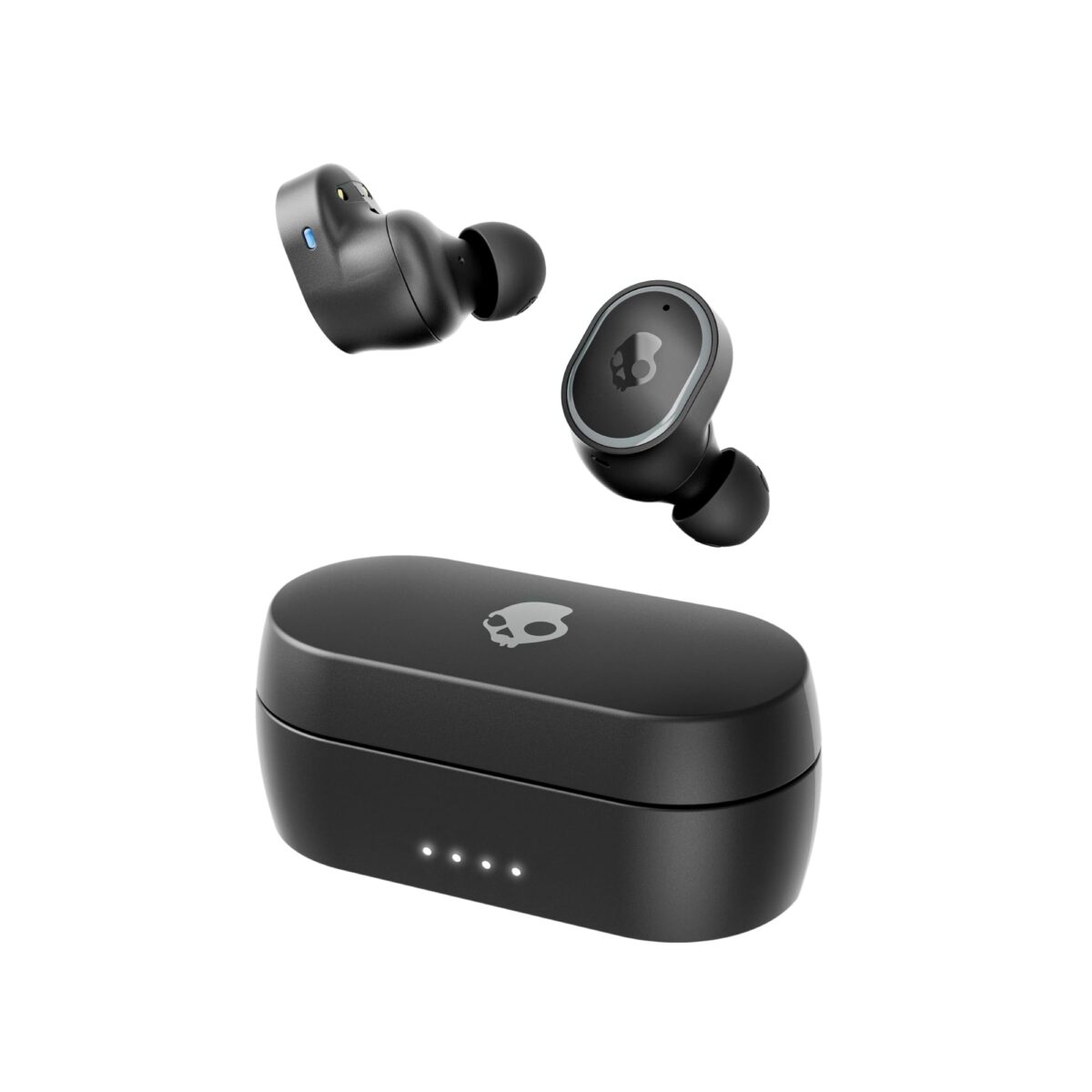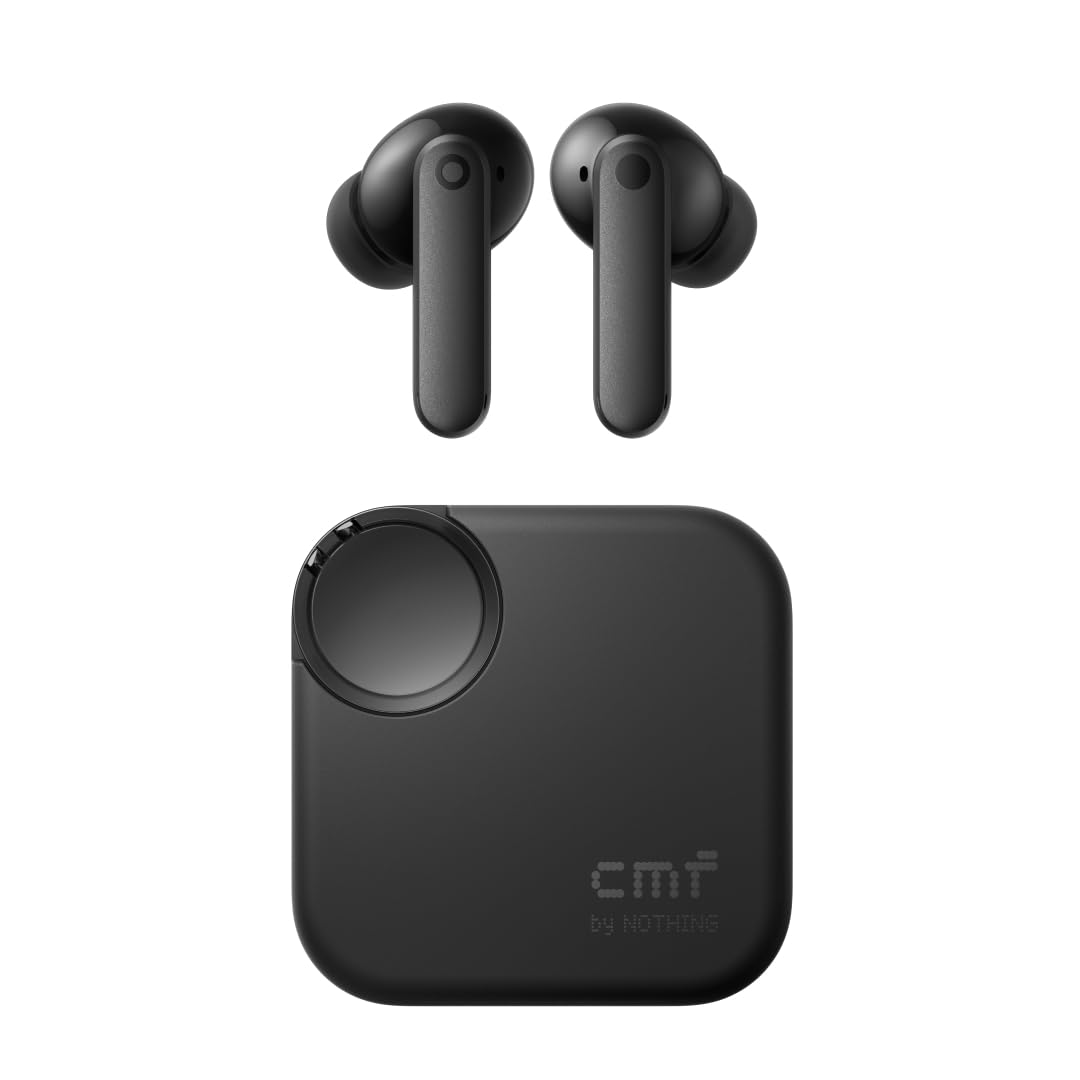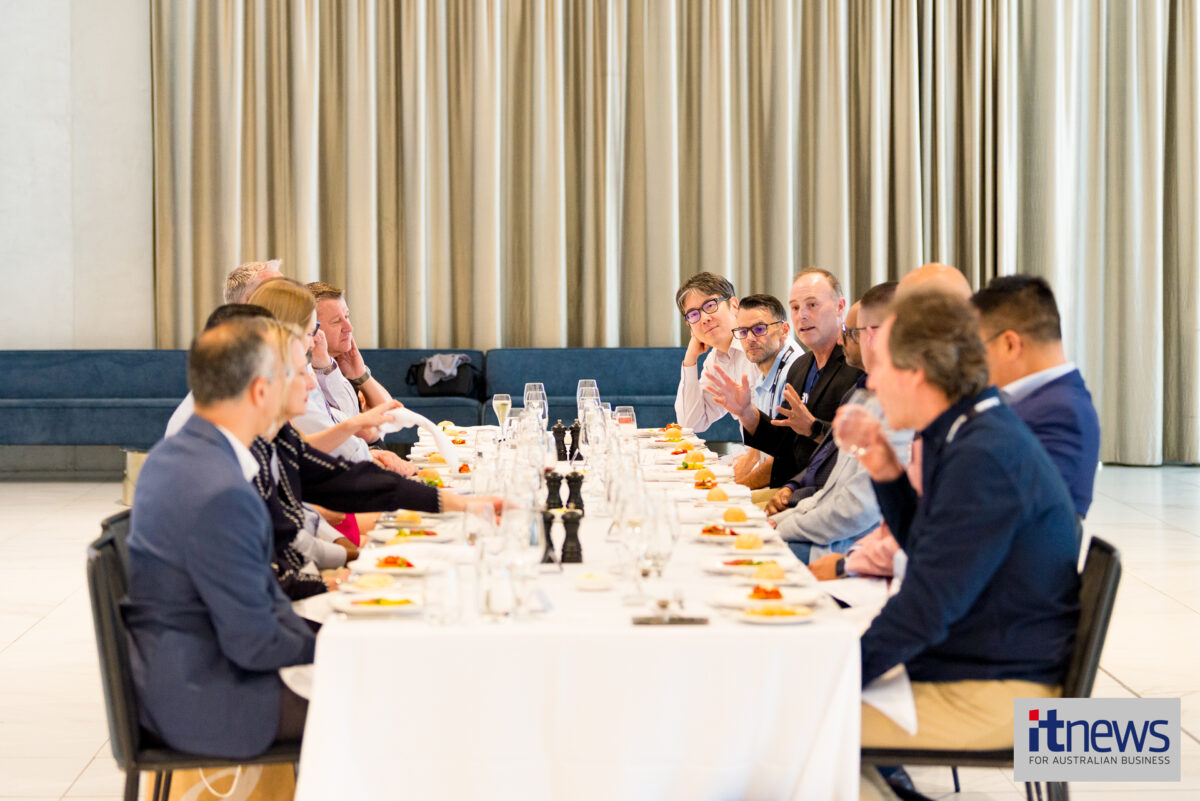JBL Wave 300 Wireless TWS Earbuds Review
We independently review everything we recommend. When you buy through our links, we may earn a commission which is paid directly to our Australia-based writers, editors, and support staff. Thank you for your support!
JBL Wave 300 Wireless TWS Earbuds, Black

